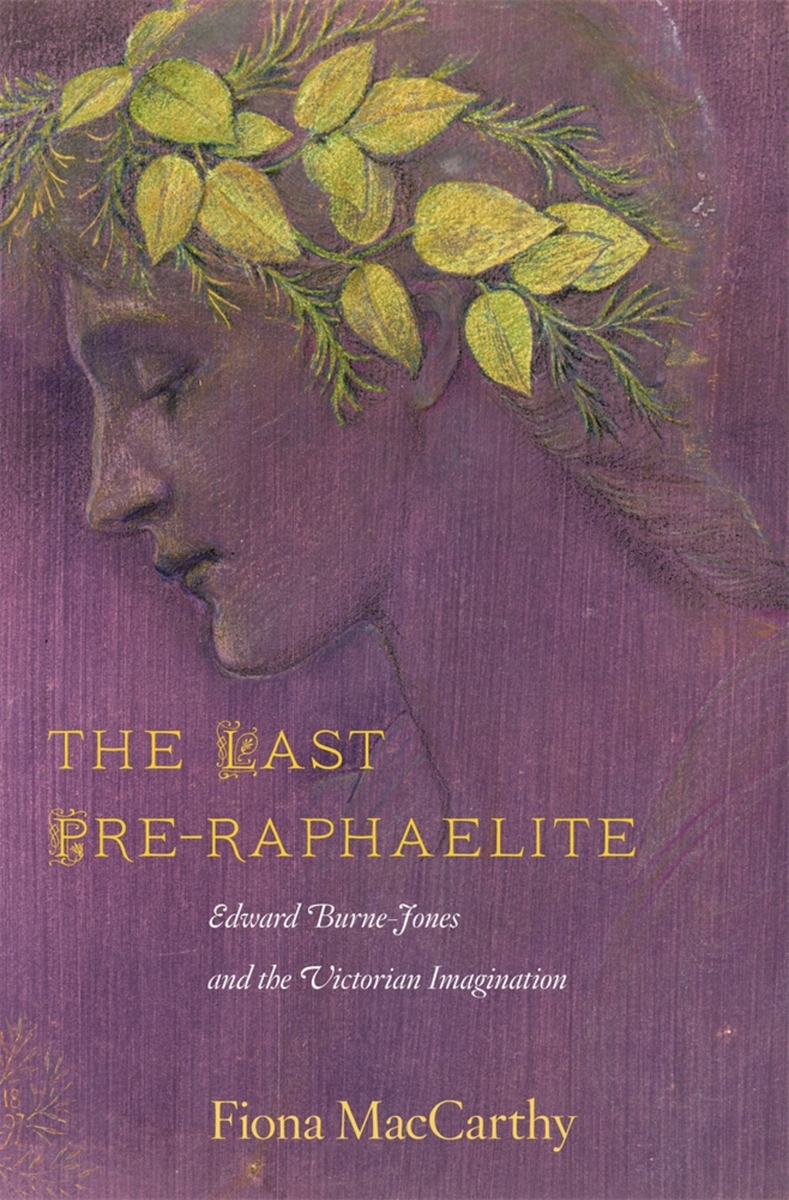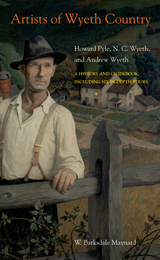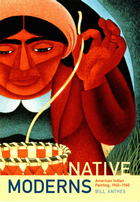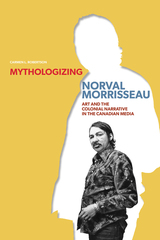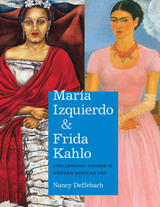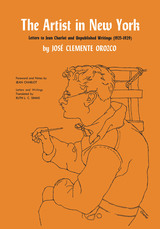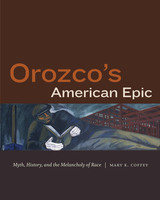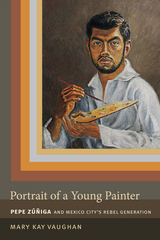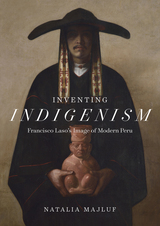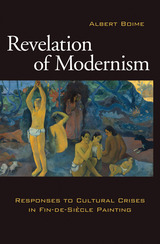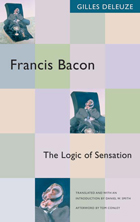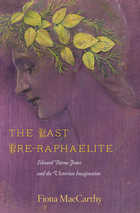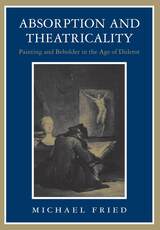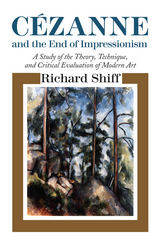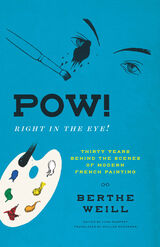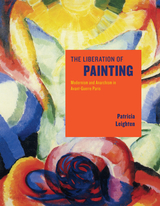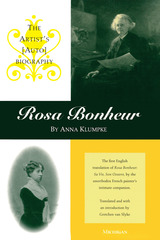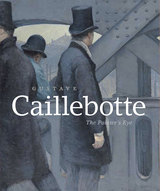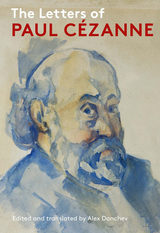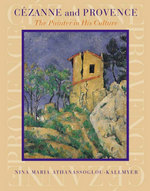This magnificent and deeply felt biography brings with it a sense of completion, not least in its account of one of the greatest and most fruitful Victorian friendships, [between William Morris and Edward Burne-Jones].
-- Rosemary Hill, The Guardian
Fiona MacCarthy writes so easily that even a doorstep biography of this size is a true pleasure to read, unfolding events at an enjoyable pace and skillfully structured to avoid the drag of one-thing-after-another... a triumph of biographical art.
-- Jan Marsh, The Independent
The signal achievement of Fiona MacCarthy's captivating biography The Last Pre-Raphaelite is to make a case for Edward Burne-Jones, most regressive and dreamy of all Victorian artists, as a painter with significance for modernity as well as for his own times.
-- Jackie Wullschlager, The Financial Times
[W]ith deft assuredness, MacCarthy takes on the naysayers, making a good case for 'the queer silence of [Burne-Jones's] work, its suspended animation', its cryptic lushness and beckoning sense of immobile potential. Burne-Jones was, she writes, the 'licensed escapist' of the Victorian age, and in this accomplished biography she allows the Houdini of the canvas to take centre stage once more.
-- Judith Flanders, The Telegraph
Wonderful...This is a perfect coming together of biographer and subject.
-- Michael Holroyd The Guardian
The best real biography I read this year was Fiona MacCarthy's Edward Burne-Jones: The Last Pre-Raphaelite, a masterpiece of control.
-- James Fergusson Times Literary Supplement
A narrative feat which gives a detailed account of the Victorian immersion in its great lake of sentiment, mystic feelings and good cheer, and in the period waters of duality.
-- Karl Miller Times Literary Supplement
Aimed at the general reader, [McCarthy's] thoroughly researched biography changes our perception of the man and his art by exploring in depth aspects of his life that an art historian might only consider in passing. In recognizing the undertow of melancholy and sexual frustration embedded in work of hypnotic visual power, she articulates what the illustrator George du Maurier called the "Burne-Jonesiness of Burne-Jones."
-- Richard Dorment New York Review of Books
[An] impressive biography of Burne-Jones...MacCarthy paints a lively portrait of Burne-Jones's circle, including the dark sides...Even Burne-Jones's detractors will find that The Last Pre-Raphaelite skillfully probes the fascinating recesses of the Victorian mind and that MacCarthy achieves her goal of getting Burne-Jones out from under [William] Morris's shadow.
-- Henrik Bering Wall Street Journal
MacCarthy's The Last Pre-Raphaelite is one of those books one can happily live in for a week.
-- Michael Dirda Washington Post
[An] acute biography...MacCarthy gives us a full, fair, and splendidly rich portrait of Burne-Jones the artist and man.
-- Matthew Price Boston Globe
This detailed, engaging, and thoroughly researched biography is the most recent work on the English Pre-Raphaelite artist Edward Burne-Jones. Versed in the artistic culture of Victorian England, respected biographer MacCarthy covers Burne-Jones's life from his early days in Oxford to his ascent as a respected artist. She explores his relationships with contemporaries such as fellow Pre-Raphaelite Dante Gabriel Rossetti and especially Arts and Crafts designer William Morris--Burne-Jones collaborated with Morris's interior design firm, Morris & Company, on numerous stained glass windows, tapestries, and illustrations for books (also published by Morris's Kelmscott Press). This work examines Burne-Jones's personal correspondence with these artists as well as with the women in his life: e.g., his wife, Georgie MacDonald; his mistress, the exotic Mary Zambaco; and other love interests, models, and inspirations for paintings and other artwork...A highly recommended biography for anyone interested in the art and culture of Victorian England.
-- Sandra Rothenberg Library Journal
[MacCarthy] explores Burne-Jones's work in relation to the history of his life and friendships… This is an insightful biography by an author who understands the art history but is equally adept at explaining the motivations of the late Victorians.
-- P. A. Stirton Choice
In her superb new biography, Fiona McCarthy, the author of the definitive life of William Morris, captures the richness of the artist and his epoch with enviable verve. No one interested in the English 19th century should pass it up...McCarthy presents [Burne-Jones] with such marvelous fidelity by capturing his abounding charm, his chivalric kindness, his wonderful sense of the ridiculous, and his horror of anyone and everything that smacked of the bumptious...[A] wonderfully unputdownable biography.
-- Edward Short Books & Culture
